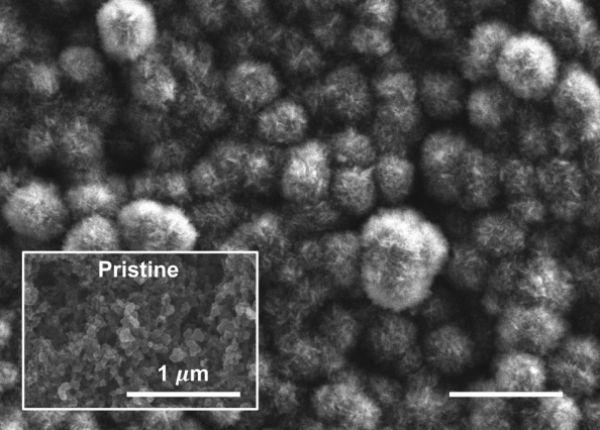A new type of battery developed by researchers at MIT could be made partly from carbon dioxide captured from power plants. Rather than attempting to convert carbon dioxide to specialized chemicals using metal catalysts, which is currently highly challenging, this battery could continuously convert carbon dioxide into a solid mineral carbonate as it discharges.
While still based on early-stage research and far from commercial deployment, the new battery formulation could open up new avenues for tailoring electrochemical carbon dioxide conversion reactions, which may ultimately help reduce the emission of the greenhouse gas to the atmosphere.
The battery is made from lithium metal, carbon, and an electrolyte that the researchers designed. The findings are described today in the journal Joule, in a paper by assistant professor of mechanical engineering Betar Gallant, doctoral student Aliza Khurram, and postdoc Mingfu He.
Read more at Massachusetts Institute of Technology
Image: This scanning electron microscope image shows the carbon cathode of a carbon-dioxide-based battery made by MIT researchers, after the battery was discharged. It shows the buildup of carbon compounds on the surface, composed of carbonate material that could be derived from power plant emissions, compared to the original pristine surface (inset). CREDIT: Courtesy of the researchers


